Italian School, 18th century, circle of Giovanni Battista Piranesi
Capriccio con arco (verso: study of a man)
Brown ink on paper, 39 x 24.5 cm
Provenance:
Private collection, Italy
This pen and brown ink drawing, attributed to the circle of Giovanni Battista Piranesi (1720–1778), embodies the imaginative and theatrical spirit of the capriccio—an artistic genre that blends real and invented architectural elements. A major figure of 18th-century Italy, Piranesi is best known for his engravings of ancient ruins and his Carceri d’invenzione, labyrinthine visions of monumental, dreamlike architecture. His work profoundly influenced Neoclassicism, Romanticism, and architectural imagination well into the 19th century.
The drawing presented here reveals a skilled hand, likely that of a student or close collaborator within Piranesi’s workshop. Classical architecture—fluted columns, a grand arch, decorative friezes—is rendered with expressive graphic freedom. The energetic pen work, combined with swiftly applied brown wash, creates a scene that is both dramatic and poetic. The interplay of shadow and light, along with loosely sketched foliage, anchors this imaginary setting in a late Baroque tradition.
The verso of the sheet, which contains a male figure study, supports the notion of a workshop drawing or sketchbook page, typical of academic training at the time. Such sheets served both as exercises and as preparatory work for prints or stage designs. The drawing stands out for its confident line, which, though rapid, maintains both architectural clarity and lyrical spontaneity.
A fine example of the vitality of the Italian school in the 18th century, this work belongs to the tradition of architectural capriccios that captivated the cultured circles of Europe—at a time when ancient ruins stirred the imagination and the pursuit of the sublime.



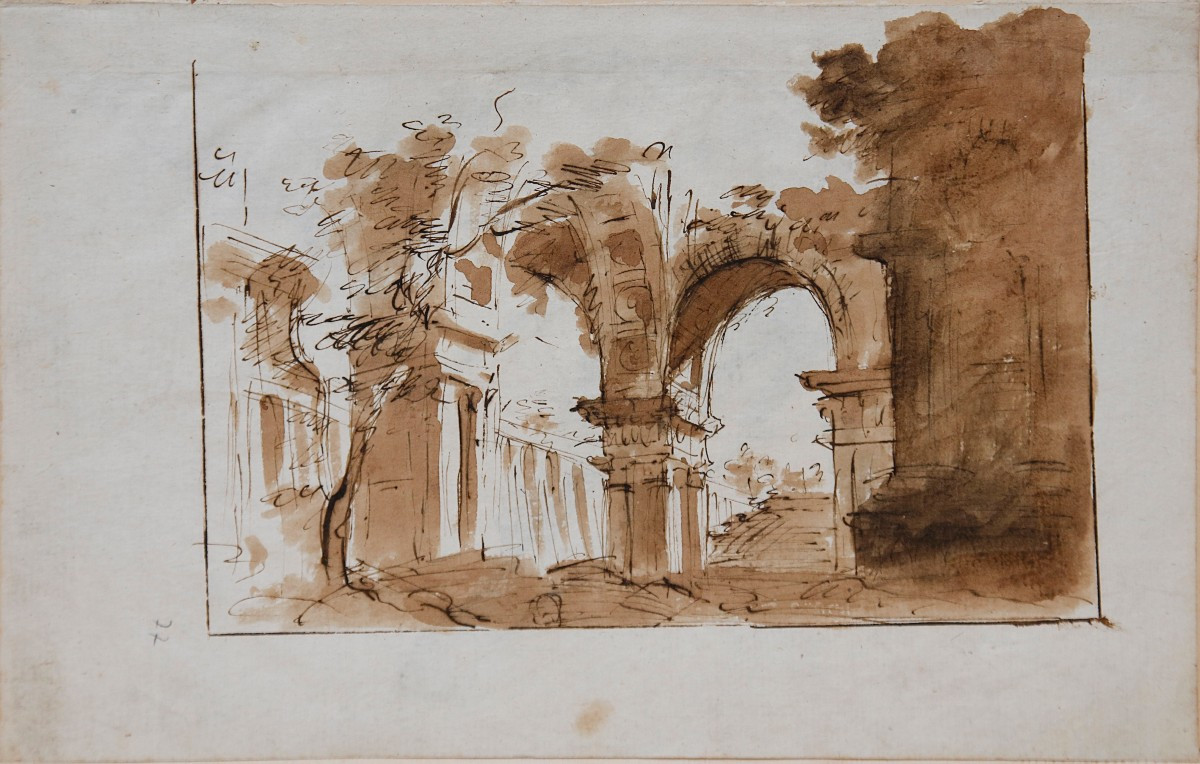
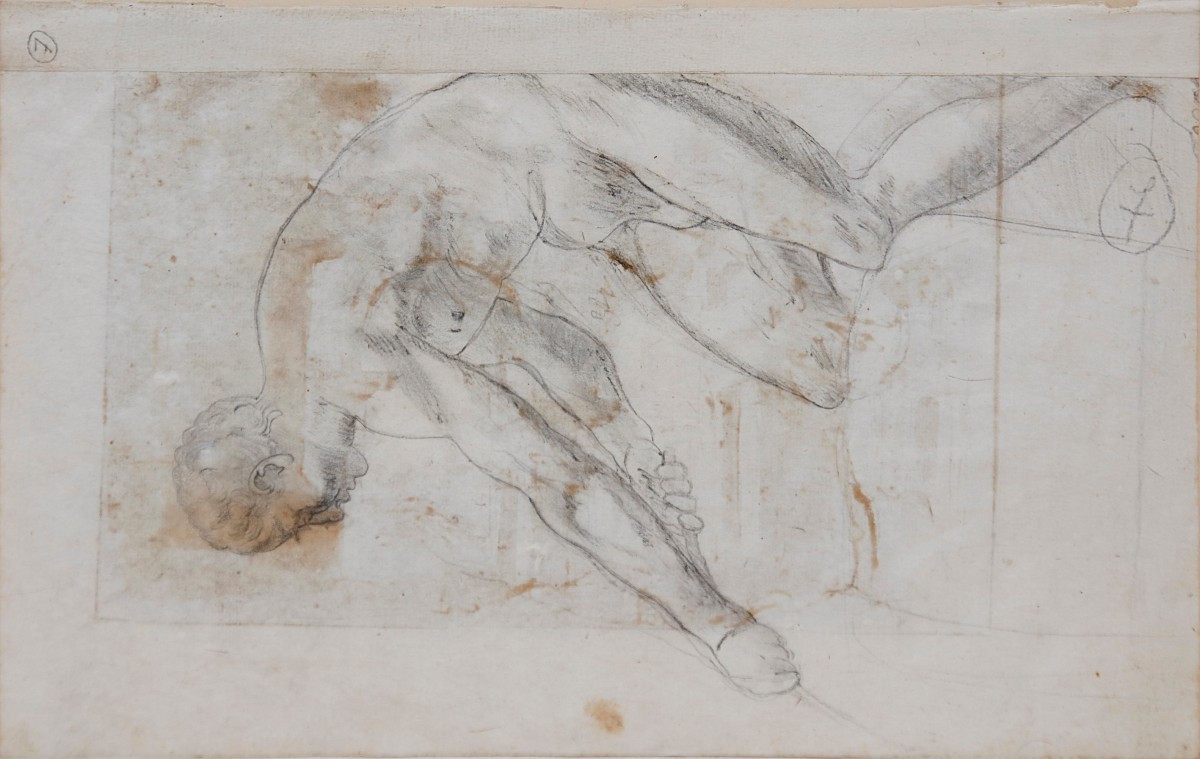
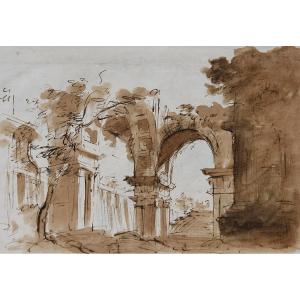






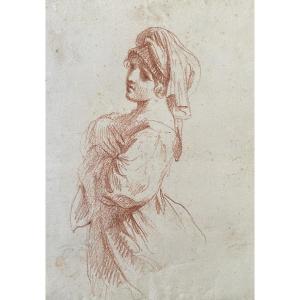



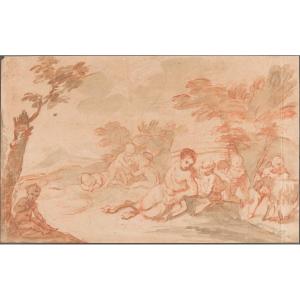








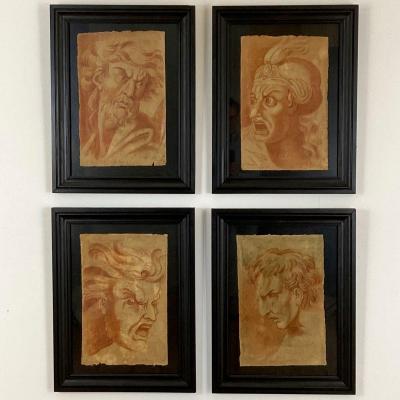

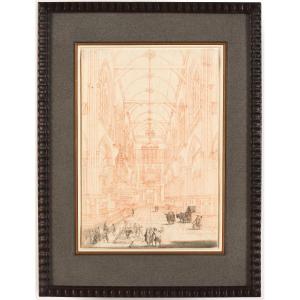



 Le Magazine de PROANTIC
Le Magazine de PROANTIC TRÉSORS Magazine
TRÉSORS Magazine Rivista Artiquariato
Rivista Artiquariato